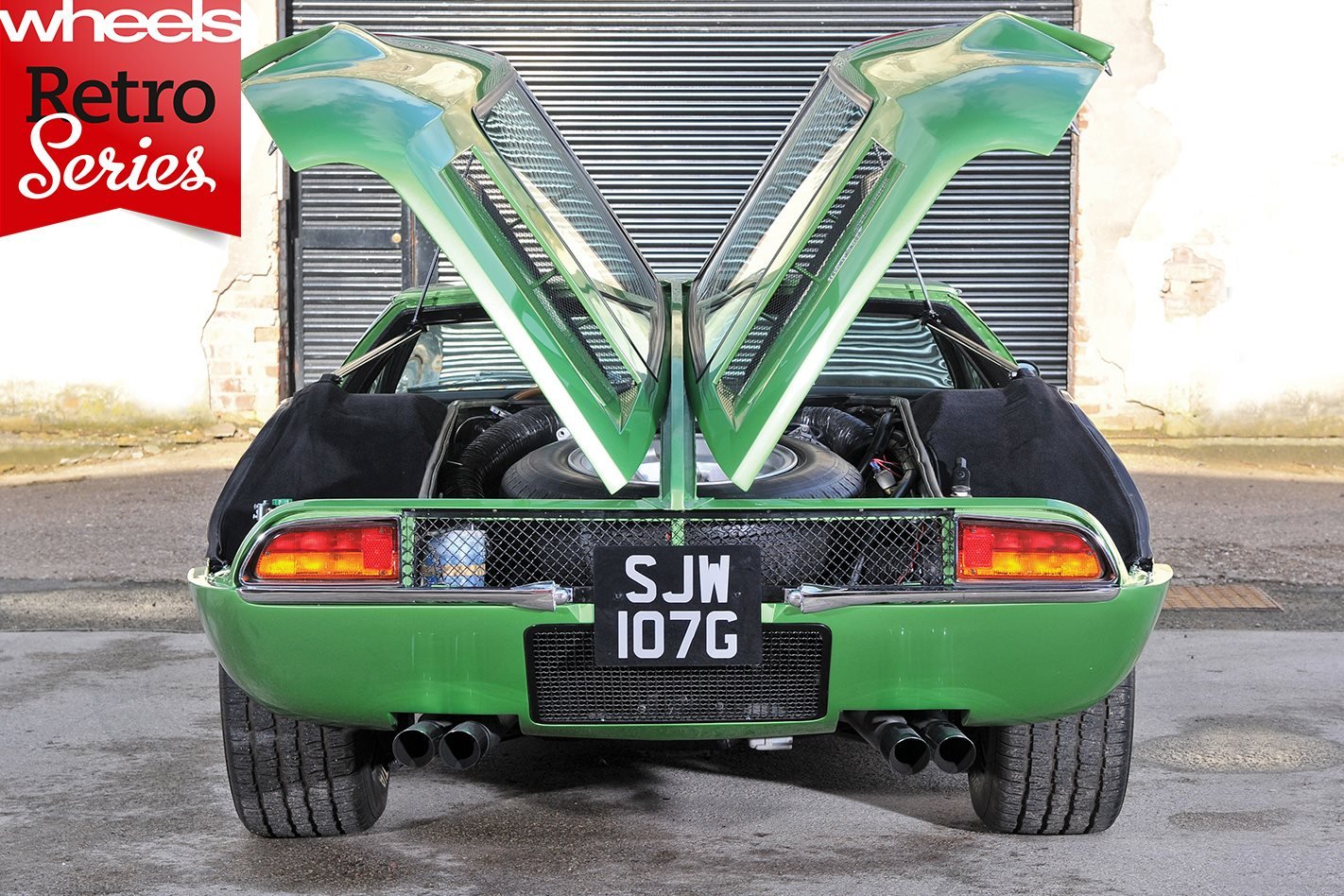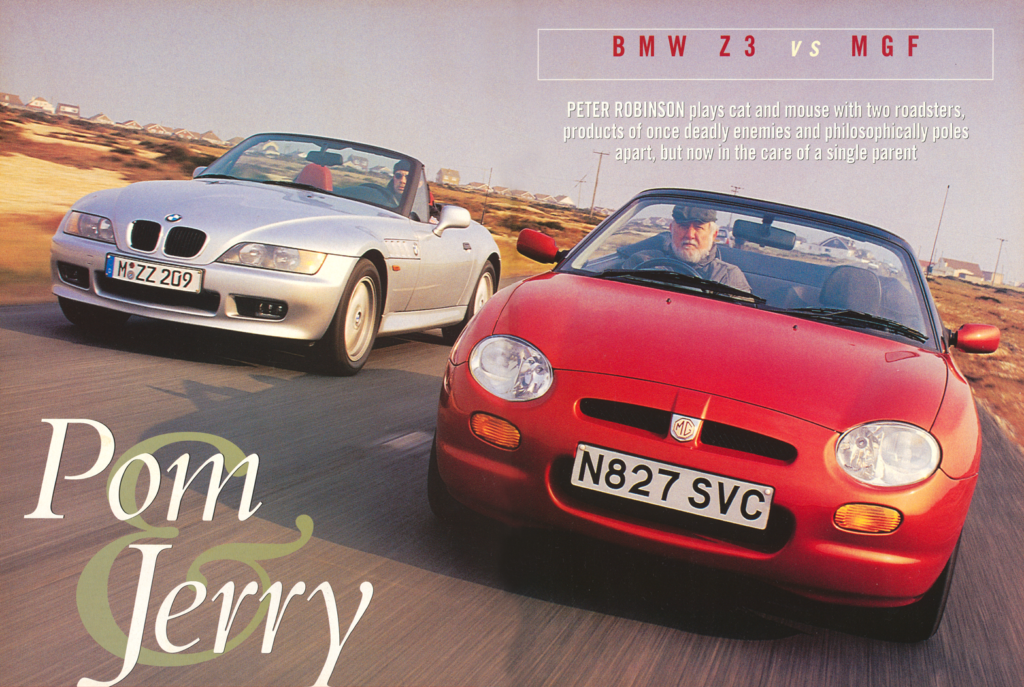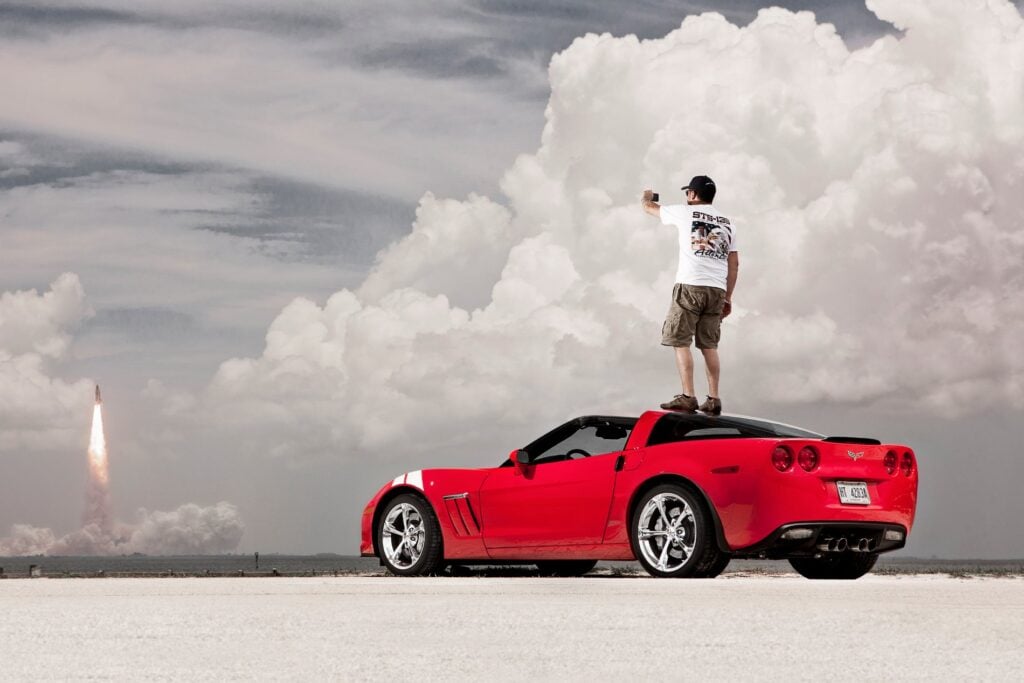Argentina meets Italy meets America. What could possibly go wrong?
AMONG the storied stable of Italian thoroughbred supercars – Ferrari, Lamborghini, Maserati et al – it’s often forgotten that there have been as many Italian supercars with breeding somewhat less thorough.
Logic suggests that crossing Italian style and motor racing experience with an affordable, under-stressed American V8 engine should produce an affordable, high-performance workhorse. Or, perhaps, a crude, compromised and badly built bastard. One could say either about the cars of Alejandro de Tomaso.
Born in 1928 in Buenos Aires, Argentina, de Tomaso’s family wealth enabled him to buy a Bugatti Type 35 at just 17. Racing success encouraged him to move to Italy to join the OSCA factory in Modena. In another astute move, he married American heiress and racer Elizabeth ‘Isabella’ Haskell, whose family controlled Rowan Controller Company, a vast US auto industry supplier.
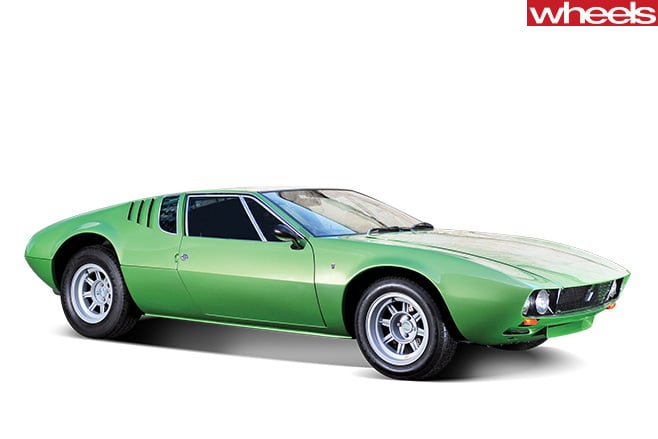
Carroll Shelby engaged de Tomaso to develop the chassis for a V8-engined sports-racing car to replace the Cobra, powered by Shelby’s HiPo 289 V8 that later appeared in the Ford Mustang GT350, with bodywork by Shelby employee Pete Brock (no relation). But Shelby, distracted by the Ford GT40 program, ditched his plans to build 50 examples.
De Tomaso took the prototype (dubbed De Tomaso 70P) to Ghia with a proposal to turn it into a concept road car. Ghia had just the thing in the form of a muscular coupe design by new recruit Giugiaro. The resulting Ghia-badged Mangusta with distinctive gullwing engine covers was shown at the Turin motor show in 1966, with an equally handsome Spyder concept appearing later.
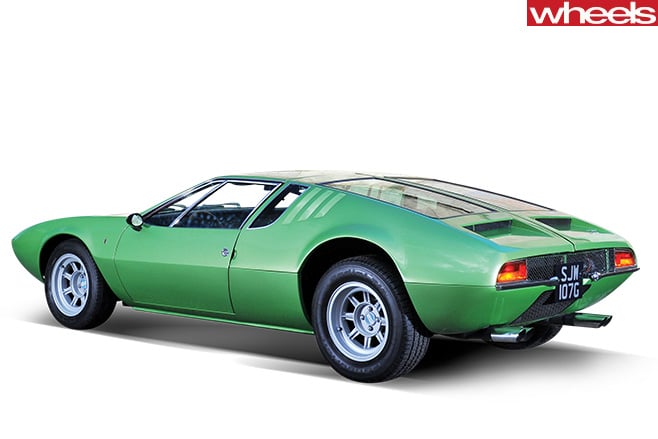
A marketing push in the US secured about 300 orders for the Mangusta. It listed at $US11,500, when a Ferrari Daytona GTB/4 cost $19,500 (and a Corvette just $5600). Production began at Ghia in 1967, with US versions being fitted with a lazier Ford 302 V8.
Early criticism of the car’s handling prompted freelance chassis engineer Gian Paolo Dallara (creator of the Lamborghini Miura) to tweak track and tyre widths, but the car suffered fundamental chassis flexing. The problem lay in the central backbone, not in the innovative use of the engine as a stressed member.
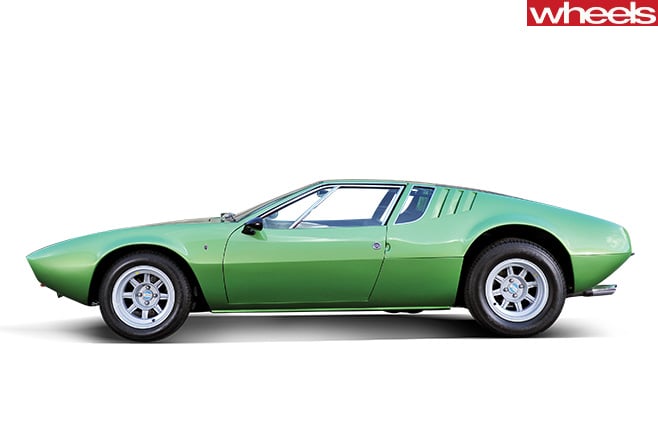
During this era of frenetic trans-Atlantic bed-hopping, the Mangusta succeeded in getting the attention of Ford, which hatched plans for a new Italo-American cross-breed, the Pantera.
The Cleveland show
EUROPEAN cars bore Shelby’s 4.7-litre High Performance V8, making 228kW at 6200rpm and 405Nm at 4800rpm. Cars bound for the US instead copped a detoxed 4.9-litre Cleveland V8, developing 165kW and driving through a five-speed ZF transaxle shared with the GT40. Euro cars did 0-100km/h in low-sixes and 400m in 15 seconds; Yank cars were almost a second slower to 100km/h.
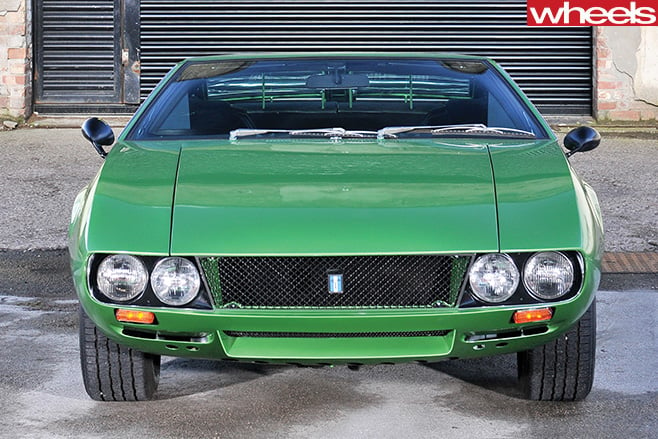
THE Mangusta’s pressed-steel backbone chassis branched into a Y-section that innovatively employed the engine as a stressed member. Steel tube sub-structures comprised the front and rear wishbone suspensions, with coil springs. A rear-heavy (68 percent) bias and bendy backbone gave the 1185kg (in US-spec) Mangusta notoriously hairy handling.
What a cockpit
INCREDIBLY low-slung interior wasn’t known for abundant space, nor imaginative cockpit design, but it certainly delivered an authentic Italian supercar experience at an affordable price. Signature gullwing engine covers actually enhanced rear vision, compared with the conceptually similar (and only three inches lower) Ford GT40, and housed luggage compartments alongside the engine and full-sized spare wheel behind it.
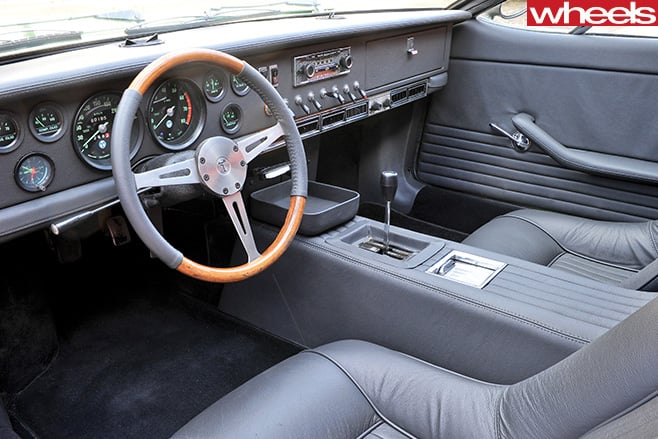
1. Maser messiah
Alejandro de Tomaso owned Maserati from 1976-93 and revived the near-dead marque with the cost-efficient but cantankerous Biturbo model family
2. Kylie’s car
A Mangusta appeared in the original Gone in 60 Seconds (1974) and stars in Kylie Minogue’s Can’t Get You Out Of My Head video

An early product of Alejandro de Tomaso’s family-promoted appointment to Ghia was the 1967 Ghia Rowan, an electric city car concept
4. Eight is great
Setting aside scary handling, cramped cockpit, lousy build quality and rust, Mangusta beats Italian V12s hands-down on servicing costs
5. Cobra curse
Mangusta is Italian for mongoose, an animal that notably kills cobras; de Tomaso chose it to wind-up friend and rival Carroll Shelby

